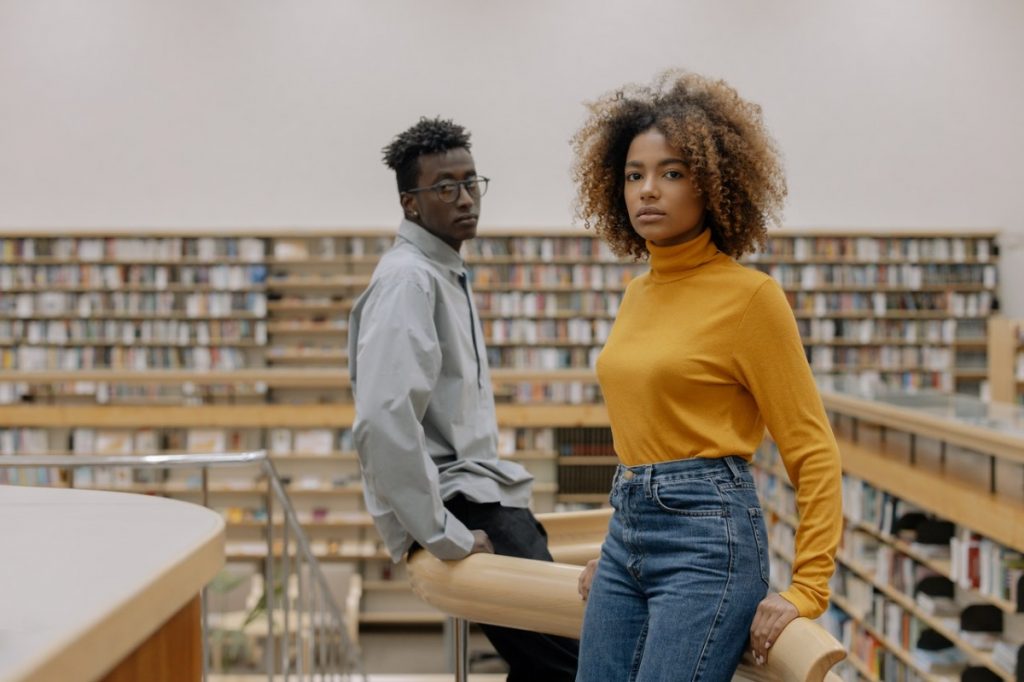Many of us have heard of “Afrofuturism” a few times. It’s often thrown in casual conversation. We know that it has something to do with African-American culture and science fiction. But that’s pretty much the extent of our knowledge of it. In truth, Afrofuturism is so much more than that. And it has impacted many art forms — from fashion to music to visual art. At its core, the goal of Afrofuturism, as a movement, is to rekindle the African diaspora’s roots and envision how these roots can lead to a more inclusive futuristic world.
Unsurprisingly, Afrofuturism traces its origins in science fiction. Leading science fiction writers such as Samuel R. Delany and Octavia E. Butler (who will be discussed later on) embodied Afrofuturism in their works. Since then, Afrofuturism has been influencing artists from various fields apart from literature. Here’s how artists from previous to today’s generations celebrate the cultures of the African community.
In Literature: Octavia E. Butler
When thinking of Afrofuturism and literature, Octavia E. Butler is often the first author to come to people’s minds. She rose to prominence in 1970 when some of her most successful novels were published. Kindred, published in 1979, features an African-American protagonist, Dana, who traveled through time and went back to the era when slavery was still prominent in the American south.
Because of such works, Butler was often regarded as the “mother of Afrofuturism.” Her novels and short stories unapologetically tackled issues that challenged African-Americans and addressed such issues through the lens of science fiction. She was the first African-American to win the Nebula and Hugo Awards — the most prestigious awards for science fiction and fantasy literature.
In Fashion: Selly Raby Kane
When browsing an African-American lifestyle magazine, we often find photos of prominent faces in fashion. We see haute couture that was being paraded down runways. But as we do so, we might not always realize it, but we’re looking at the legacy of Afrofuturism in fashion. Selly Raby Kane is often the most well-known figure standing in the intersection of Afrofuturism and fashion. Admittedly, there aren’t a lot of people standing in this intersection with her. But with her leading, there is no doubt that more will follow in her footsteps.
A native of Senegal in the West African region, Kane slowly started gaining prominence in the early 2010s. Her clothes successfully merge African prints with edgy looks that would often seem like they came straight from a science fiction film. Her hometown, Dakar, is often seen as a growing fashion hub. So Kane’s mostly inspired by this place.
In Music: Janelle Monáe
There are many artists before our time who have been integrating Afrofuturist elements into their music. The usual suspects are Sun Ra, a leading figure in jazz music, and Earth, Wind & Fire, one of the pioneers of funk, soul, and other related music genres. But, today, Janelle Monáe is the most well-known advocate of the Afrofuturist movement in music.
Monáe famously said in an interview with Rolling Stone in 2010: “I only date androids.” This statement relates to the alter ego that she created: Cindi Mayweather. Through her series of albums, Monáe explores Cindi’s story. She began the story with her EPs titled The Audition (2003) and Metropolis: Suite I (The Chase) (2007). Later on, she gained prominence when she began to release full-length albums — all of which still follow Cindi’s story as an android. Monáe released The ArchAndroid in 2010, The Electric Lady in 2013, and Dirty Computer in 2018. Through her music, Monáe harks back to her African-American roots, channels her predecessors, and creates a futuristic world where her Black identity is a source of power.
In Films: Black Panther
In mainstream Hollywood, there’s one film that introduced today’s generation to Afrofuturism: Black Panther. The Marvel Cinematic Universe (MCU) set the perfect stage for this because this film franchise has the array of most-anticipated movies in recent history. The film was written by Ryan Coogler (who’s also the film’s director) and Joe Robert Cole.
Black Panther, where T’Challa (played by Chadwick Boseman) operates as his home’s leading protector, shows the youth with African roots that they, too, can be superheroes. The Afrofuturist element is how the people of Wakanda use advanced technology to constantly innovate and improve their way of life. But it’s clear, too, that every scientific innovation that they do is still deeply integrated with their African identity.
With the growing interest in Afrofuturism, there is no doubt that this movement will continue to impact the world of art and entertainment. Many more artists will follow the footsteps of those who were mentioned in this list.


